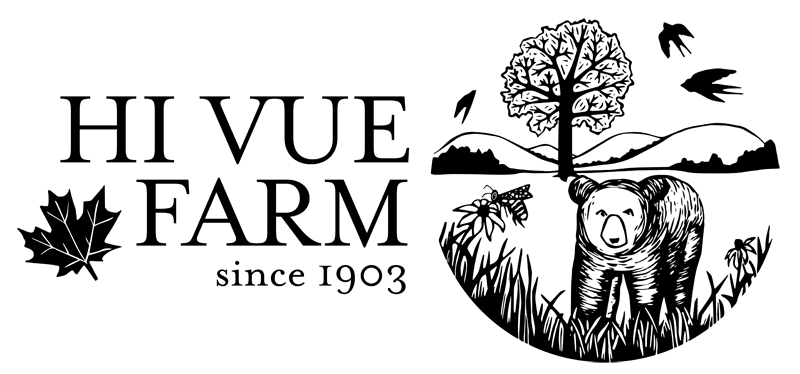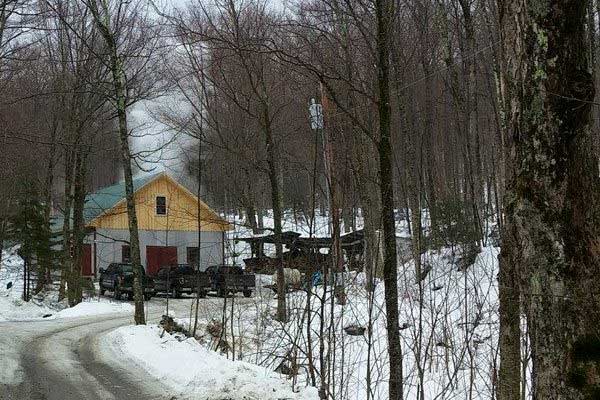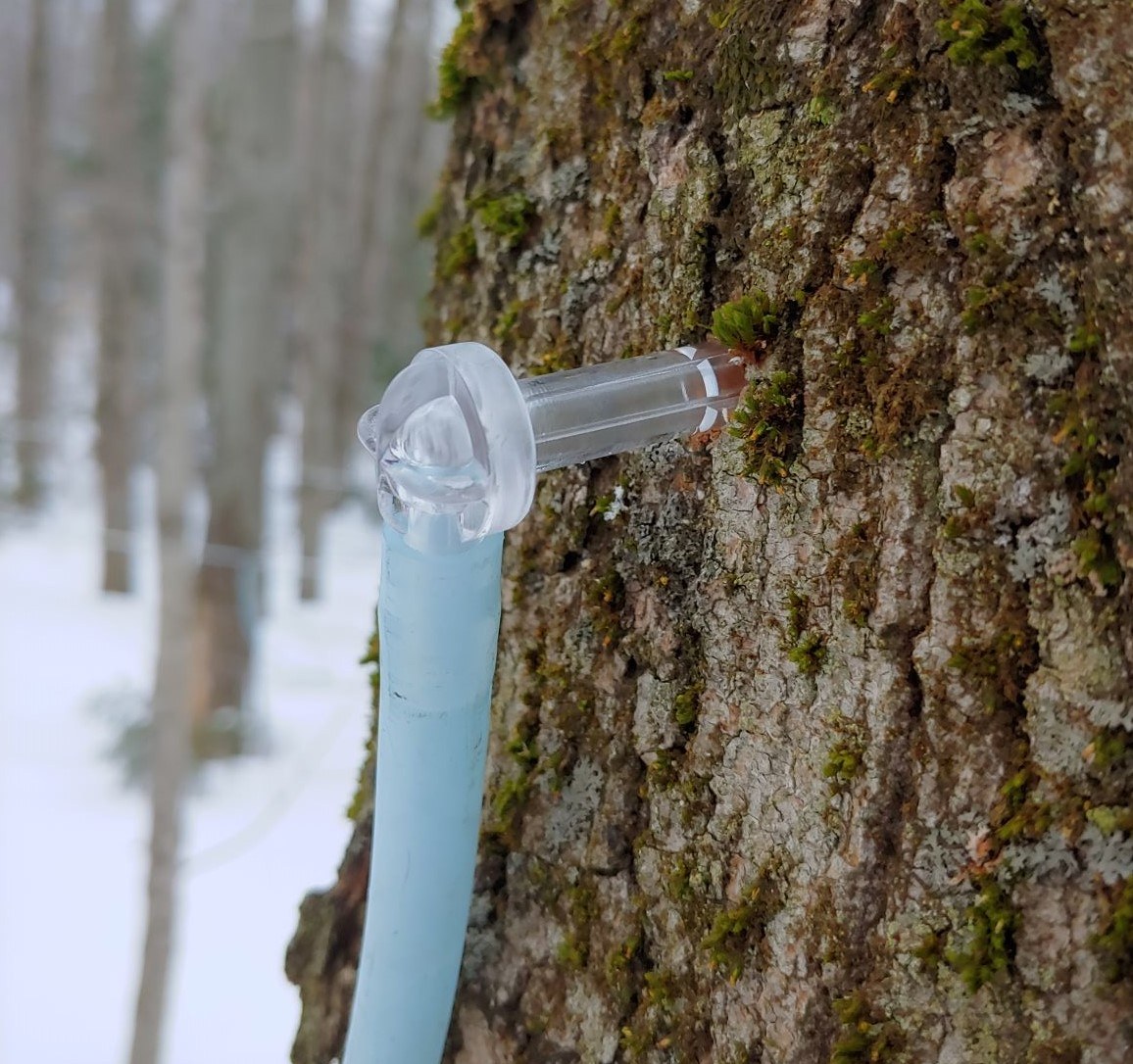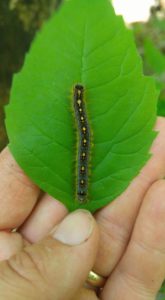Sugaring season 2019 is over and done. Our goal was 25 barrels and we made 35 so we’re very happy with the year! It was a learning year for both my nephew Blaine and myself – and actually for my other nephew Andy and my son Ian. Blaine and I did most of the boiling but the other boys stepped up when one of us couldn’t be there. The days when we had 4 generations at the sugarhouse were the best!
Our Maple Syrup is stored in 40 gallon stainless steel barrels. When we finish filling a barrel, we take a sample and keep written records of the day it was made and the grade of the syrup. We keep a full range of container sizes available for packing orders (half pint through gallon). When our shelves run low we open a barrel of whichever grade we need – Amber Delicate, Amber Rich or Amber Robust to refill our shelves.
Our days aren’t quite as hectic as they were a couple of weeks ago, but there’s still plenty to do. The spouts have all been pulled but we still have clean up of the pans and the Sugarhouse plus all the firewood needs to be split and the woodshed refilled. We would like to add on a few more hundred taps for next year.
Also this spring we will be doing some erosion control in conjunction with the NRCS office.
Myself – now that sugaring is done – I just want a little warmer weather! The snow is finally all gone, but it’s been wet and cool. I’m itching to turn over some dirt and plant a few seeds – but I just have to wait.
Check out the Mother’s Day sales on our website!
Happy Spring! Think warm thoughts!






